“I believe the road to hell is paved with adverbs, and I will shout it from the rooftops.” Stephen King.
I can’t agree more. I fear I’ll step on some toes here, because there are hundreds of authors who love adverbs and will argue ‘til the cows come home that they improve their writing. I can’t go there. Oh, I know they’re in my own novels and columns, they pop up without notice in the first drafts, but I do my best to weed them out and rewrite the sentences to make them better than the original.
A few years ago, I packed a couple of books in a carry-on, intending to spend the almost nine hour flight to Hawaii with my nose in a book. I’ve written novels and newspaper columns on planes, and have edited several manuscripts while hanging in the air over various parts of this great nation, but I prefer to read.
I’d purchased a much-touted post-apocalyptic novel from Amazon and had been looking forward to losing myself in the tale (I got hooked on those when I read Alas Babylon fifty years ago). The flight leveled off, I ordered a Bombay Sapphire and tonic, (they had my gin in stock, huzzah!) and settled back with The Novel That Shall Not Be Named (not the real title). The problem began in paragraph one and I knew the book was going to be a wall-banger when I read:
He headed for the baggage claim tiredly, hoping this would be the last time for a while.
Good lord. That sentence required two deep swallows of Bombay before I could continue, and I did, hoping the writing would get better.
Maybe that one slipped through the editing process.
Here we go again. Still on the first page, I read the word “battered” twice in two short, consecutive paragraphs and sighed.
Please get better.
In the next couple of paragraphs, our protagonist leaves the airport, lights a cigarette, and outside for his delayed ride. Unlike him, we didn’t have to wait long for more adverbs.
“Hey pal, can’t you read?” someone said sharply.
“Does your daddy know you’re out playing cop?” he said snidely.
Sigh.
There were two more books in my carry-on, because I never go anywhere without backup, but reading that book was like watching a train wreck. I couldn’t stop, and my fascination with bad writing and boring sentences kept me from throwing the hefty novel against the bulkhead.
There were other problems as well, though I won’t dwell on them other than to say the author fell back on using character’s name in conversation over and over in order to identify the speaker, something I discussed in my last post.
His protagonist and other characters also snapped, spat, snarled, growled, grunted, barked, remarked (unnecessary), shouted, screamed (he just loved for verbs to follow dialogue), but I couldn’t get past the adverbs scattered like rice at a wedding.
Unceremoniously, firmly, loudly, tiredly (again), actually, expertly, apologetically, evenly, and finally (four times), all in the first short chapter.
And it was the way he used them. For example, he insisted on using adverbs that were redundant to the verb they modified.
“Amy whispered quietly to her mother.”
Uh, whispering is already quiet, so we don’t need it. That’s like…
He screamed loudly. Or, Amy drove quickly to the store.” This adverb is modifying a weak verb, so maybe Amy can “jump in her car and race to the store.”
Then there’s the adverb “very,” which I propose is the gateway word leading to Hell Road. Some writers use it the same as so many people who insist that the whole world and everything in it is amazing.
Amy was very tired.
Nope. Amy was exhausted, wrung out, beat, worn out, bushed, dog-tired or even wiped out, but for cryin’ out loud, lift your vocabulary! Her dogs were barking, she was dead on her feet!!! Jeeze!
I believe Mr. King also said adverbs prefer the passive voice, and seem to have been created with the timid word in mind. He was dead-on with The Novel That Shall Not Be Named. I closed it at the beginning of the second chapter. With no suitable walls to throw it against, and fearing aggressive responses from the other passengers if I heaved it into the aisle, I stuck the offending work in the seat pocket in front of me.
It’s something I regret today, because I figure some unsuspecting soul picked it up and found themselves subjected to poor writing. I regret leaving it on that plane for another reason, because I often use it these days as a teaching tool (I found another copy in a bookstore, which means I bought the damned thing twice). The Novel That Shall Not Be Named is a good, bad example of how adverbs allow the writer to be lazy, instead of allowing the work to support itself with well-constructed, thoughtful sentences.
Let’s go back to the first example from The Novel That Shall Not Be Named. I’ll refresh your memory:
He headed for the baggage claim tiredly, hoping this would be the last time for a while.
How about:
Exhausted from the long flight from Dusseldorf, he joined the herd of passengers making their lemming-like way to the baggage claim, hoping he wouldn’t have to travel overseas again for a while.
Now, I know we can argue the point to excess, but to me, it reads better with some context and gives the sentence a little more gas. Here are a few more examples.
I had her wrist firmly in hand.
I squeezed her wrist.
She closed the door firmly.
She slammed the door.
The horse loped around the arena speedily.
Comfortable in the saddle, Matt loped around the arena.
He stuttered haltingly.
How about a simple, “He stuttered.”
Read your manuscript carefully.
Read your manuscript with a critical eye toward those annoying adverbs.
Again, they tend to prop up weak or listless sentences, and that’s when I can’t stand those little buggers. When you find them, re-write the sentence and it will almost always be better than the original.
This example from Daily Writing Tips is a perfect example of these useless weeds (King’s description).
“Adverbs, like adjectives, have gotten a bad rap for their cluttering qualities. They are ever so useful, and so applicable and adaptable that writers often employ them mindlessly and indiscriminately. But which of the three adverbs in the preceding phrase (not only mindlessly and indiscriminately but also often) must I mercilessly vaporize with the Delete key?”
How about “…writers employ them without conscious thought,” or maybe, “…writers employ them with unconsidered, gleeful abandon,” or “…writers should find a better way to construct their sentences.”
I don’t think budding authors even know they’re being lazy, or maybe they don’t recognize adverbs for what they are. After reading On Writing by Mr. King, I went back and combed through my first manuscript, excising as many adverbs as I could find, and the truth be told, my writing sparkled when I deleted most of them.
Just this past Sunday, a friend asked if he could pick my brain a little about becoming an author. I have an idea for a non-fiction book.”
“I’ve written a lot of how-to magazine articles, but fiction is completely different and that’s where I’m comfortable.” I suggested some conferences or writing classes he could take to get started, but he had other ideas.
“I just want to talk about language and style.” He glanced around, as if worried that someone was listening in.
I couldn’t resist having a little fun with him. “I can give you a quick lesson now.”
“Okay, shoot.”
“Write conversationally and avoid adverbs.”
Nodding, he wrote the sentence down on a scrap piece of paper.
It was just too easy, because he was concentrating on the subject at hand, much like writing the first draft of a manuscript, and those adverbs weren’t yet resonating. “Remember, no adverbs if you can help it. Seriously. That’s the best advice I can offer right now.”
“Absolutely. Thanks for your help.”
“You’re welcome.”


 Did you ever say this? “I’m trying to write a short story, but I’m blocked. I’m getting nowhere.”
Did you ever say this? “I’m trying to write a short story, but I’m blocked. I’m getting nowhere.”
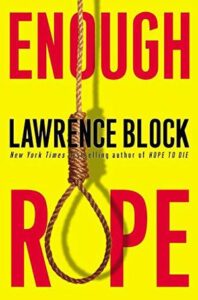 “This Crazy Business of Ours”
“This Crazy Business of Ours”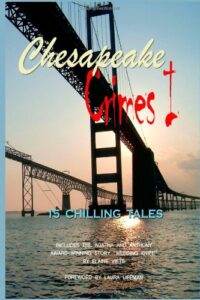


 – No more stories about husbands who kill wives, or vice versa.
– No more stories about husbands who kill wives, or vice versa.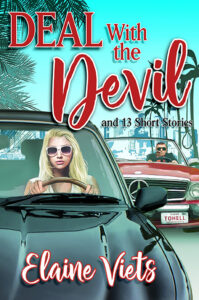
 Since everyone’s probably busy with holiday prep (unless you’re like me and your holiday is over), gift giving is or was part of the mix. Today, I’m talking about gifts authors can give to readers. Reader Magnets.
Since everyone’s probably busy with holiday prep (unless you’re like me and your holiday is over), gift giving is or was part of the mix. Today, I’m talking about gifts authors can give to readers. Reader Magnets.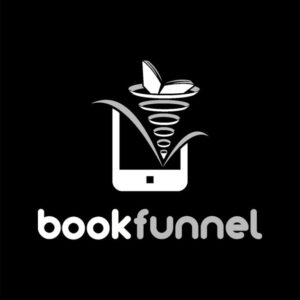

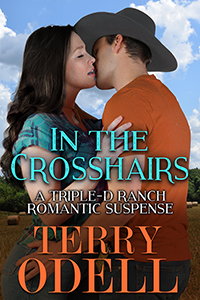

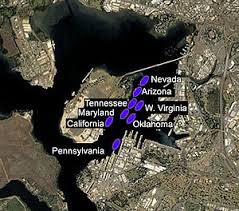
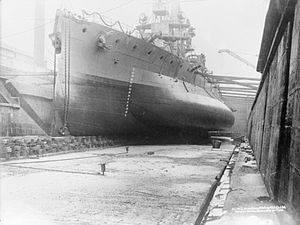




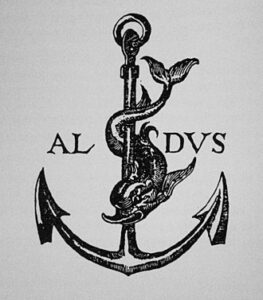

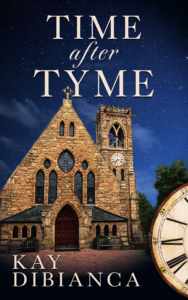
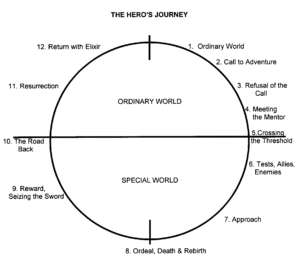
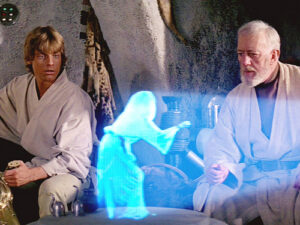
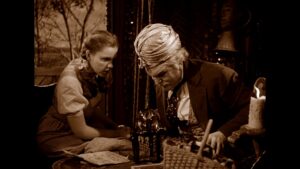
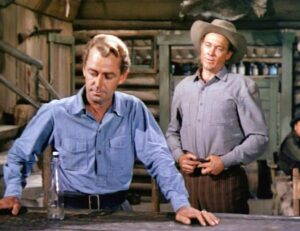
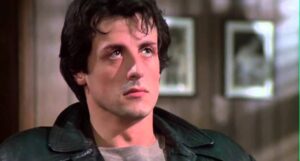
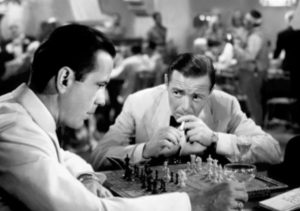 The prime example of Bitter Experience is Casablanca. Rick Blaine had his heart shattered when the woman he loved, Ilsa Lund, abandoned him in Paris just before the Nazi occupation. He has set up shop in Casablanca to forget her. His café is allowed to operate because he takes no sides in the war. His Call to Adventure comes when Ugarte, the scheming rat who murdered German couriers to obtain the valuable Letters of Transit, begs Rick to hide him from the police. Rick refuses with the classic line, “I stick my neck out for nobody.”
The prime example of Bitter Experience is Casablanca. Rick Blaine had his heart shattered when the woman he loved, Ilsa Lund, abandoned him in Paris just before the Nazi occupation. He has set up shop in Casablanca to forget her. His café is allowed to operate because he takes no sides in the war. His Call to Adventure comes when Ugarte, the scheming rat who murdered German couriers to obtain the valuable Letters of Transit, begs Rick to hide him from the police. Rick refuses with the classic line, “I stick my neck out for nobody.” A refusal out of fear or self-doubt must be overcome with a strong emotional jolt. In Finding Nemo, Marlin, Nemo’s father, is afraid of the open ocean because of a past traumatic event—a barracuda attack that killed his wife, Cora, and most of their eggs. He is therefore overprotective of his surviving son, Nemo. Nemo keeps calling his father to adventure—exploring the sea, finding a sea turtle, etc. But Marlin refuses. He is full of fear and self-doubt about his ability to protect his son.
A refusal out of fear or self-doubt must be overcome with a strong emotional jolt. In Finding Nemo, Marlin, Nemo’s father, is afraid of the open ocean because of a past traumatic event—a barracuda attack that killed his wife, Cora, and most of their eggs. He is therefore overprotective of his surviving son, Nemo. Nemo keeps calling his father to adventure—exploring the sea, finding a sea turtle, etc. But Marlin refuses. He is full of fear and self-doubt about his ability to protect his son.
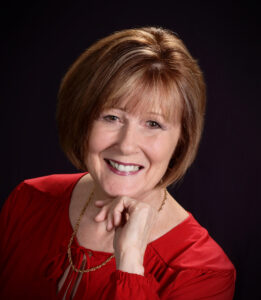 Patricia Bradley is a Carol finalist and winner of an Inspirational Readers’ Choice Award in Suspense, and three anthologies that included her stories debuted on the USA Today Best Seller List. She and her two cats call Northeast Mississippi home–the South is also where she sets most of her books. Her romantic suspense novels include the Logan Point series and the Memphis Cold Case Novels. Crosshairs, the third book in the Natchez Trace Park Rangers series, released November 2, 2021. She is now hard at work on the fourth book, Deception, and will soon start work on her fourth series set in the Cumberland Plateau around Chattanooga, Tennessee..
Patricia Bradley is a Carol finalist and winner of an Inspirational Readers’ Choice Award in Suspense, and three anthologies that included her stories debuted on the USA Today Best Seller List. She and her two cats call Northeast Mississippi home–the South is also where she sets most of her books. Her romantic suspense novels include the Logan Point series and the Memphis Cold Case Novels. Crosshairs, the third book in the Natchez Trace Park Rangers series, released November 2, 2021. She is now hard at work on the fourth book, Deception, and will soon start work on her fourth series set in the Cumberland Plateau around Chattanooga, Tennessee..
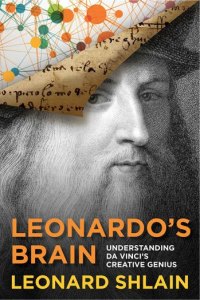 In
In  For most of his life, the European world recognized Leonardo da Vinci as a painter. In reality, da Vinci wasn’t a prolific painter. He painted sporadically and nominally as a side-line commission. Art experts at Christie’s auction in New York estimate that over 80 percent of Leonardo da Vinci’s paintings were lost over the years. Today, there are only 15 verified da Vinci paintings in the world including Mona Lisa, The Last Supper, and Annunciation. Salvator Mundi sold in 2017 for $450.3 million US.
For most of his life, the European world recognized Leonardo da Vinci as a painter. In reality, da Vinci wasn’t a prolific painter. He painted sporadically and nominally as a side-line commission. Art experts at Christie’s auction in New York estimate that over 80 percent of Leonardo da Vinci’s paintings were lost over the years. Today, there are only 15 verified da Vinci paintings in the world including Mona Lisa, The Last Supper, and Annunciation. Salvator Mundi sold in 2017 for $450.3 million US.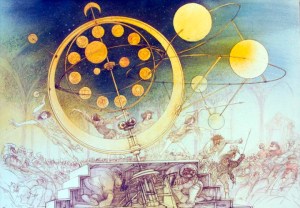 Twenty-first-century science knows a bit of how the human brain functions. But, it’s far from comprehensive knowledge. Science has almost no grasp or understanding of how human consciousness works, and there’s a good reason for that. Brain science is tangible where grey matter can be physically dissected and electrophysiological waves are recordable on computerized graphs. You can fund, study, and measure with reports.
Twenty-first-century science knows a bit of how the human brain functions. But, it’s far from comprehensive knowledge. Science has almost no grasp or understanding of how human consciousness works, and there’s a good reason for that. Brain science is tangible where grey matter can be physically dissected and electrophysiological waves are recordable on computerized graphs. You can fund, study, and measure with reports.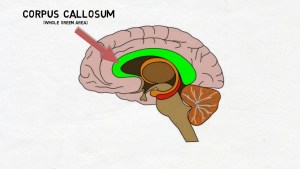 “Leonardo da Vinci’s left and right brain hemispheres were intimately connected in an extraordinary way. Because of a large and uniquely developed corpus callosum, da Vinci’s left and right sides constantly communicated and kept each other in the loop on observations and creative options. Each brain side knew what the other was doing, and this gave da Vinci’s mind unprecedented and unrestricted freedom to observe, understand and create.
“Leonardo da Vinci’s left and right brain hemispheres were intimately connected in an extraordinary way. Because of a large and uniquely developed corpus callosum, da Vinci’s left and right sides constantly communicated and kept each other in the loop on observations and creative options. Each brain side knew what the other was doing, and this gave da Vinci’s mind unprecedented and unrestricted freedom to observe, understand and create. The
The  Garry Rodgers’s creative genius was his ability to fool the authorities into keeping him employed as a homicide detective and coroner for over three decades. Now, he’s managed to hoodwink the public into believing he’s a competent crime writer.
Garry Rodgers’s creative genius was his ability to fool the authorities into keeping him employed as a homicide detective and coroner for over three decades. Now, he’s managed to hoodwink the public into believing he’s a competent crime writer.